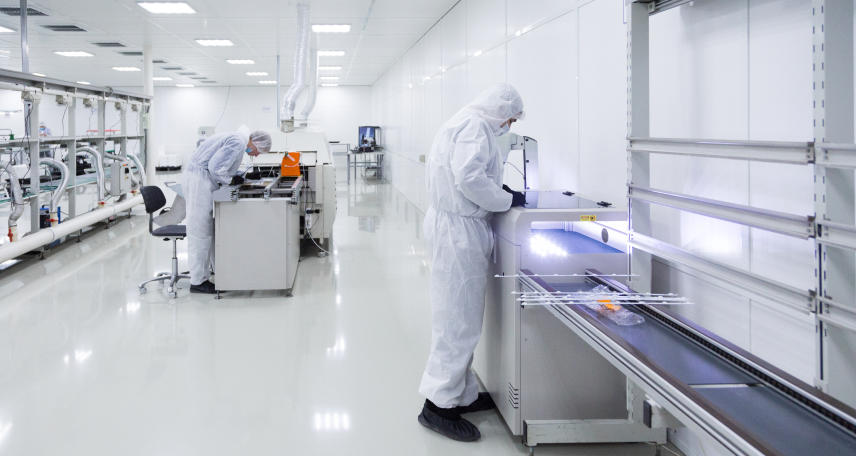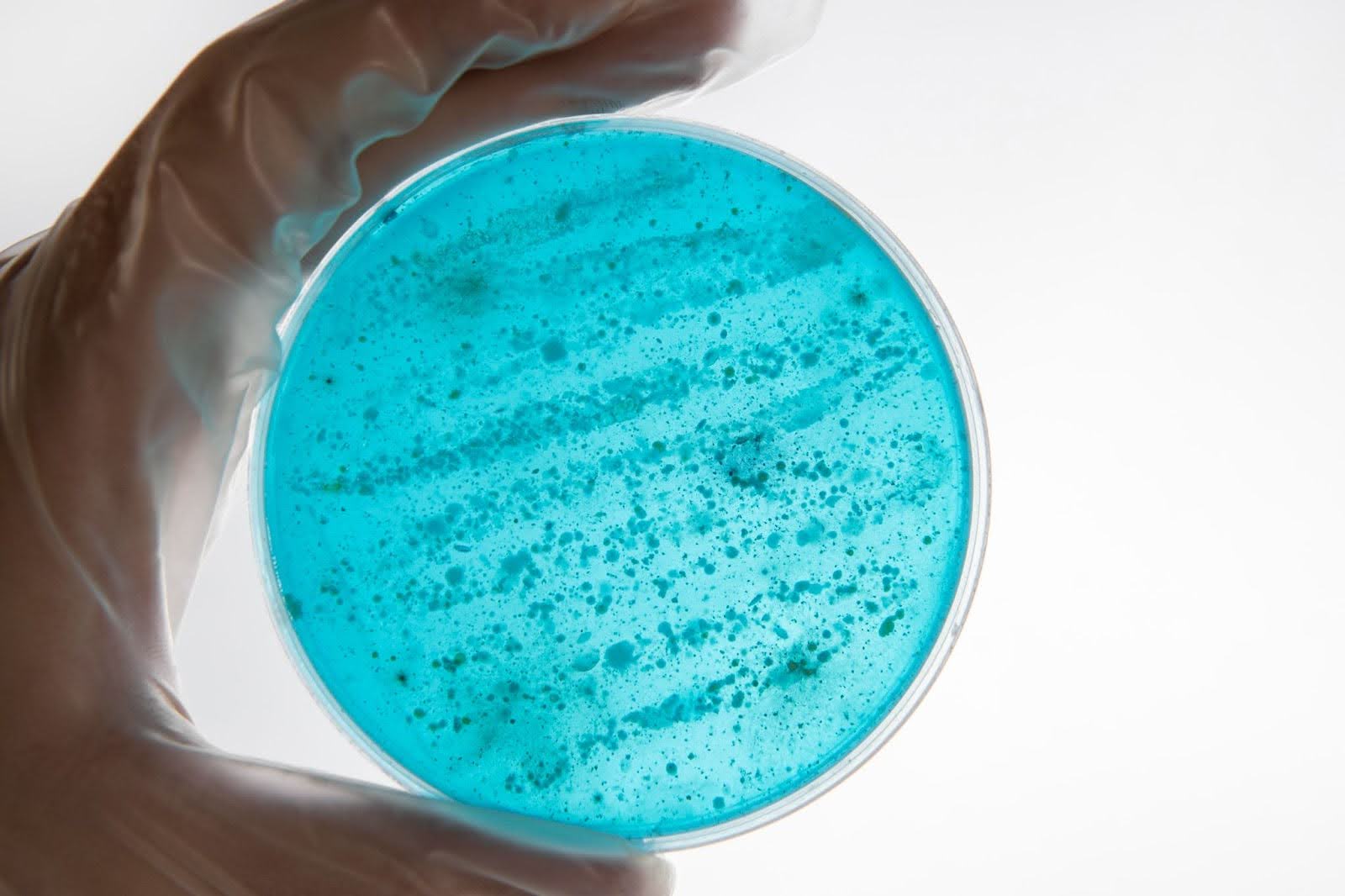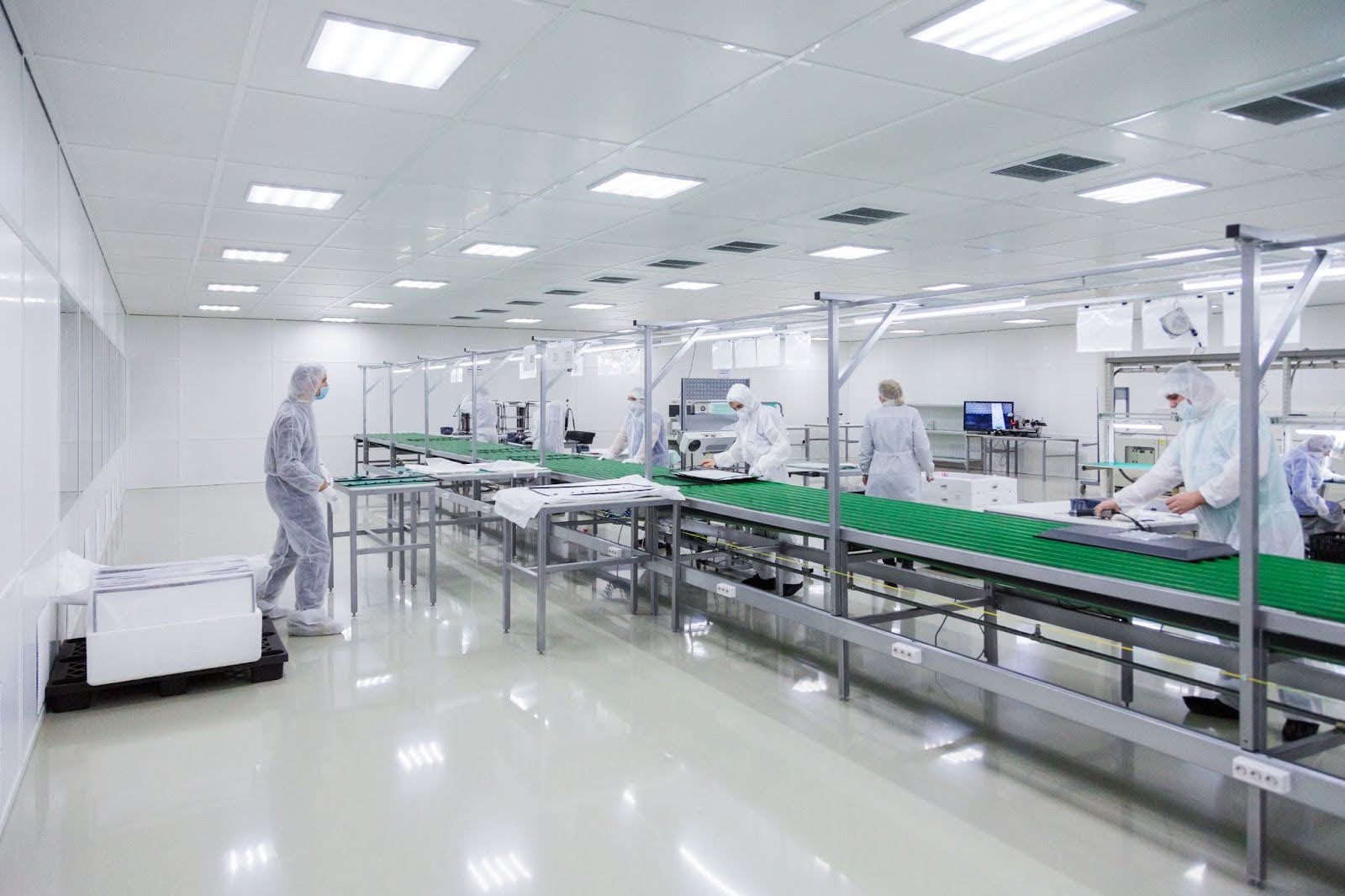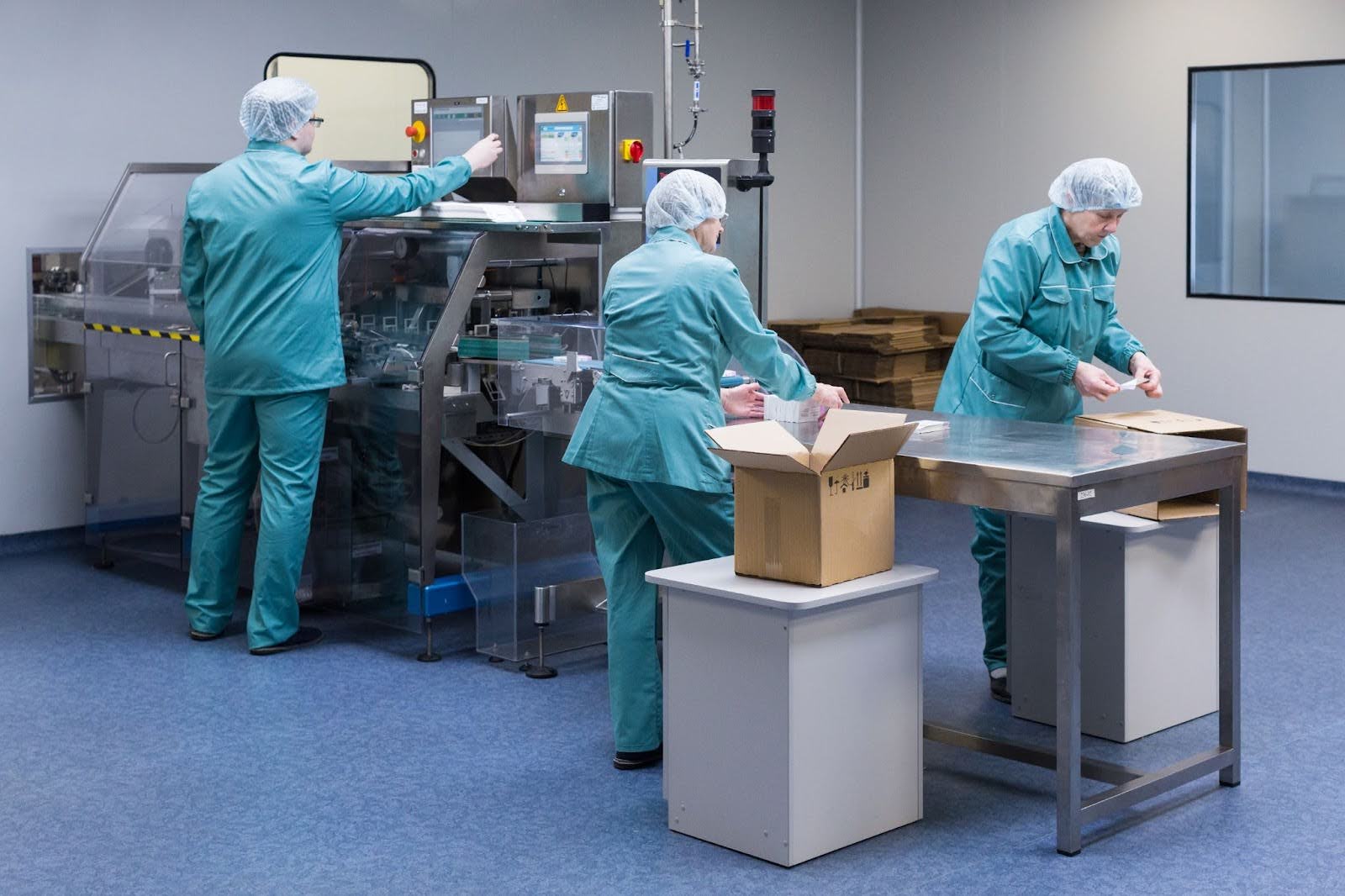by Vaibhavi M.
10 minutes
Surface Monitoring – Contact Plates, Swabs, and Hard-to-Clean Areas in the Pharmaceutical Cleanroom Industry
Explore surface monitoring methods, best practices, and regulatory insights for microbial control in pharmaceutical cleanrooms.

Surface monitoring forms the cornerstone of contamination control programs in pharmaceutical cleanrooms. Integrating nonviable particle monitoring in cleanrooms with viable surface data provides a complete picture of environmental control performance.
It provides evidence of microbial control by detecting viable organisms on equipment, walls, floors, and critical surfaces. With regulatory expectations tightening under EU GMP Annex 1 (2022) and ISO 14698, effective environmental surface monitoring is no longer a compliance checkbox, it’s a scientific tool for continuous assurance of aseptic manufacturing.
Understanding the Role of Surface Monitoring
In controlled environments, viable contamination can compromise the integrity of sterile products. Surface monitoring evaluates the microbiological cleanliness of classified zones (Grades A–D) and assesses the effectiveness of cleaning and disinfection programs.
It complements air monitoring, personnel monitoring, and gown validation. Learning from Grade A/B cleanroom excursion investigations helps refine how surface monitoring thresholds are defined and maintained across zones.
Regulatory guidance emphasizes that surface sampling should be:
- Risk-based: Focused on locations most likely to harbor contamination.
- Representative: Covering critical and hard-to-reach surfaces.
- Trend-driven: Providing data for ongoing environmental trend analysis.
Annex 1 explicitly states the need to monitor surfaces after critical interventions, at the end of operations, and periodically during production, thereby ensuring control across all zones.
Techniques for Surface Monitoring
Surface monitoring methods fall primarily into two categories: contact plates and swab sampling, each with distinct applications and advantages.
1. Contact Plates
Contact plates (RODAC—Replicate Organism Detection and Counting) are the most widely used method for detecting and counting organisms on smooth, flat, and easily accessible surfaces.
Selecting suitable dual-temperature incubation strategies for microbial recovery ensures accurate detection of both bacterial and fungal contaminants collected from contact plates. These are convex agar plates, typically 55 mm in diameter, pre-filled with nutrient media such as Tryptic Soy Agar (TSA) or Sabouraud Dextrose Agar (SDA).
Key Technical Details:
- Pressure & Contact Time: The plate is gently pressed against the surface for about 10 seconds to transfer microorganisms to the agar.
- Incubation Conditions: Plates are incubated at 30–35°C for bacteria and 20–25°C for fungi, for up to 5 days.
- Application Areas: Filling machine panels, laminar airflow workbenches, isolator gloves, and stainless-steel benches.
- Additives: NeutralizersSurface monitoring forms the cornerstone of contamination control programs in pharmaceutical cleanrooms. It provides evidence of microbial control by detecting viable organisms on equipment, walls, floors, and critical surfaces. With regulatory expectations tightening under EU GMP Annex 1 (2022) and ISO 14698, effective environmental surface monitoring is no longer a compliance checkbox, it’s a scientific tool for continuous assurance of aseptic manufacturing.
2. Swab Sampling
Swab sampling addresses the limitations of contact plates by allowing flexible access to non-flat or hard-to-reach areas such as tubing connections, valve joints, or behind equipment. Sterile swabs (often polyester or rayon-tipped) are moistened with a neutralizing diluent to enhance microbial recovery.
Technical Aspects:
- Procedure: The swab is rolled or rubbed across a defined area (typically 25–100 cm²) using a systematic “S” motion.
- Elution: The swab is then immersed in a diluent or buffer and vortexed to release organisms.
- Plating: The recovered suspension is plated onto agar and incubated under standard conditions.
Advantages:
- Reaches areas inaccessible to contact plates.
- Suitable for textured, irregular, or porous surfaces.
- Allows targeted sampling after cleaning or disinfection validation.
Limitations
- Recovery efficiency is variable and technique-dependent.
- Quantitative accuracy is lower compared to contact plates.
- Results are often semi-quantitative (CFU/swab).
Nevertheless, in environments such as isolators, lyophilizers, and behind-grade B equipment, swabbing is indispensable for a comprehensive picture of contamination control. Modern closed-system aseptic processing approaches further reduce contamination risks in areas where traditional swab sampling remains challenging.
Summarized Comparison
Sampling of Hard-to-Clean Areas
Hard-to-clean and hard-to-sample areas pose one of the biggest microbial monitoring challenges in modern cleanrooms. These include:
- Complex equipment assemblies (valves, hinges, connectors)
- Behind shielding panels or restricted access zones
- Undersides of filling lines and conveyors
- Interior surfaces of transfer chambers or glove ports
Such locations are prone to biofilm formation or the accumulation of residual disinfectant. Sampling here requires both specialized tools and a scientific rationale. Strategies often include:
- Using pre-moistened swabs with neutralizing solutions (Letheen broth or Dey-Engley).
- Employing flexible or angled swabs for deeper access.
- Defining a rotational sampling plan to cover critical yet inaccessible points over time.
- Implementing ATP bioluminescence testing for rapid hygiene verification, followed by periodic microbiological confirmation.
Annex 1 encourages a risk-based justification for the frequency and method of monitoring such locations, emphasizing that the control strategy must account for all potential sources of contamination.
Interpreting and Trending Surface Monitoring Data
Once samples are incubated, the results are reported as colony-forming units (CFU) per plate or per square centimeter (cm²). These counts are compared to alert and action limits defined for each cleanroom grade:
Trending over time provides an early warning of deviations. Repeated findings near or above alert levels may signal cleaning inefficiency, disinfectant resistance, or HVAC imbalances. Adopting a brownfield contamination control strategy enables legacy facilities to modernize monitoring systems and respond faster to such recurring deviations.
Data trends also support periodic reviews of cleaning frequencies, disinfectant rotation, and operator retraining.
It’s critical that investigations into out-of-limit (OOL) results follow a structured CAPA process, incorporating:
- Root cause analysis (human error, equipment design, and cleaning lapse)
- Re-sampling verification
- Corrective actions such as re-cleaning, retraining, or procedural revision
Integrating Surface Monitoring into the Contamination Control Strategy
Under the holistic Contamination Control Strategy (CCS) framework outlined in Annex 1, surface monitoring data serve as a verification pillar. When combined with airborne viable, non-viable particle and personnel monitoring, it ensures a continuous state of environmental control. Robust Annex 1 material transfer airlock practices help sustain that control by minimizing contamination during material movement.
Best practices include:
- Aligning monitoring frequencies with risk levels and process criticality.
- Conducting sampling post-cleaning and pre-operation to verify readiness.
- Rotating sampling sites to ensure representative coverage.
Reviewing trends monthly or quarterly as part of Environmental Monitoring Review Boards.
Conclusion
Surface monitoring, through the use of contact plates, swabs, and strategic sampling of hard-to-clean areas, serves as a vital diagnostic system in pharmaceutical cleanrooms. It ensures that both visible and hidden surfaces meet microbiological cleanliness expectations, directly supporting product sterility assurance.
With regulators emphasizing data-driven contamination control, the industry is moving toward integrated, risk-based surface monitoring programs that blend classical microbiology with rapid methods and digital data analytics. The goal is not merely compliance, but sustained control and confidence in aseptic manufacturing.
Emerging rapid microbiological method implementation initiatives are transforming surface monitoring into faster, data-driven contamination prevention systems.
FAQs
1. What is surface monitoring in pharmaceutical cleanrooms?
Surface monitoring is the process of checking cleanroom surfaces for viable microorganisms to ensure compliance with contamination control standards and protect sterile products.
2. What are the common methods for surface monitoring?
The most common methods are contact plates (RODAC plates) for flat surfaces and swab sampling for irregular or hard-to-reach areas.
3. Why are hard-to-clean areas important in monitoring?
Hard-to-clean areas, such as valve joints, equipment undersides, and glove ports, can harbor hidden microorganisms, posing a risk to aseptic manufacturing.
4. How are surface monitoring results interpreted?
Results are measured in colony-forming units (CFU) and compared to grade-specific limits (Grades A–D). Trending helps detect contamination risks early.
5. How often should surface monitoring be conducted?
Frequency depends on risk assessment, cleanroom grade, and operational activities. High-risk areas (Grade A/B) are monitored more frequently than lower-grade zones.




